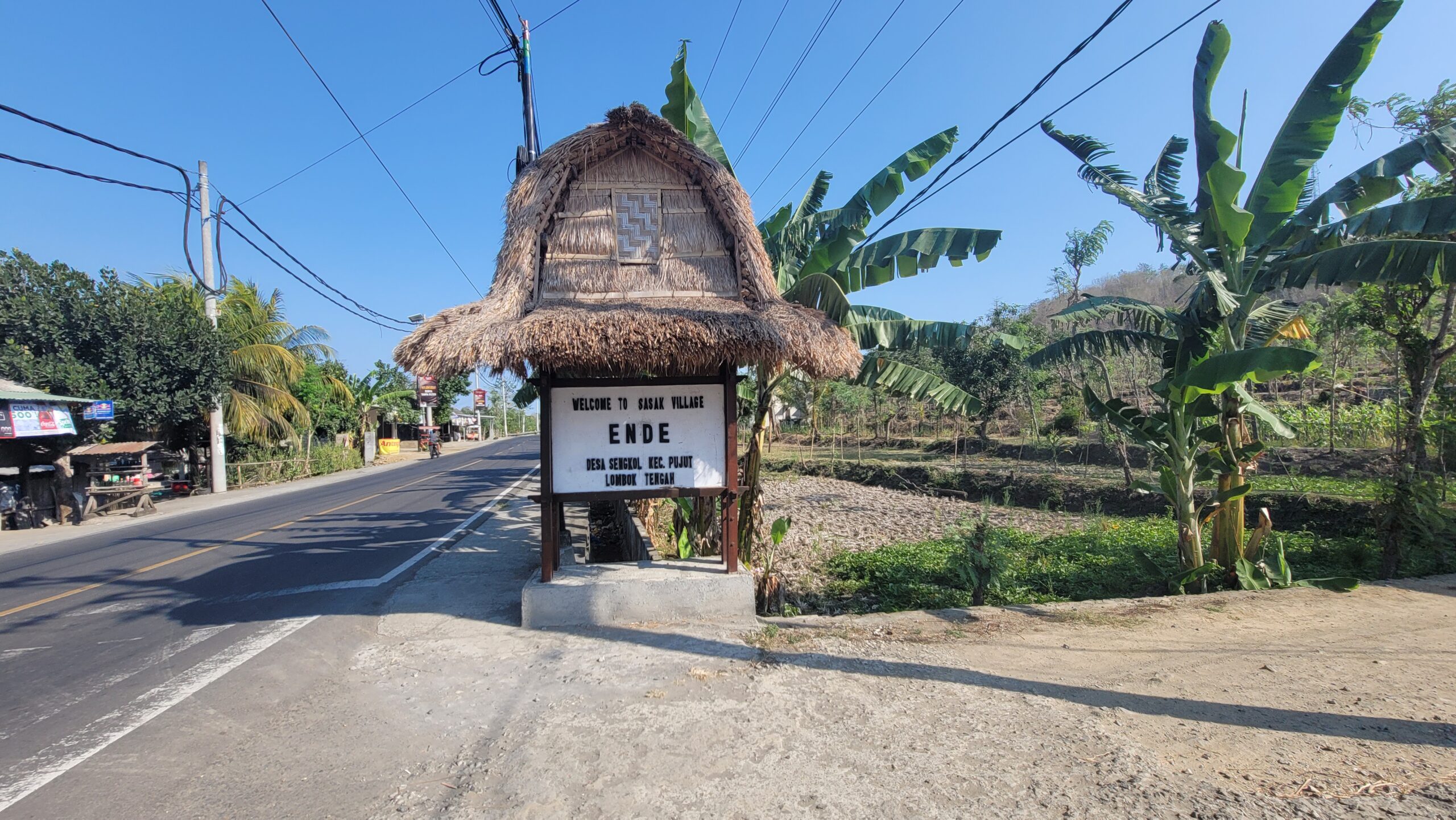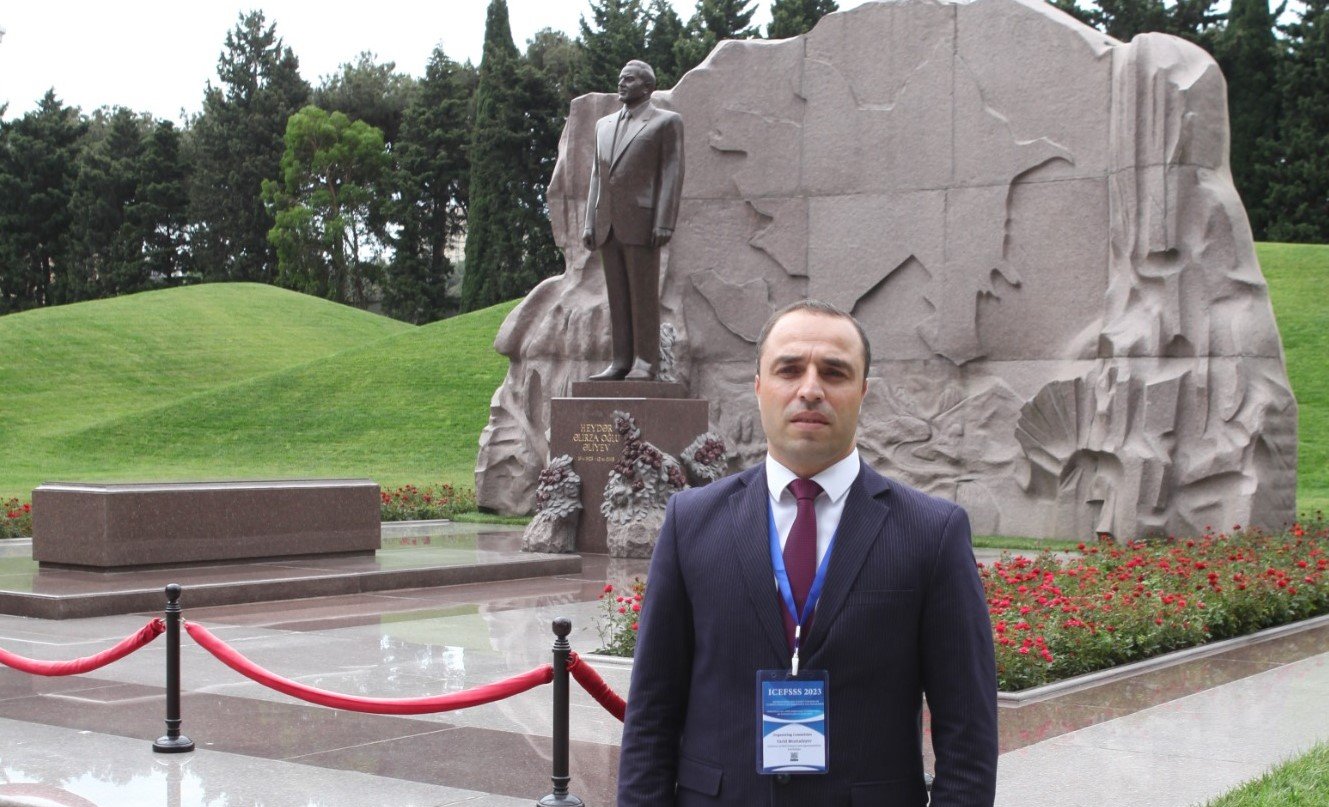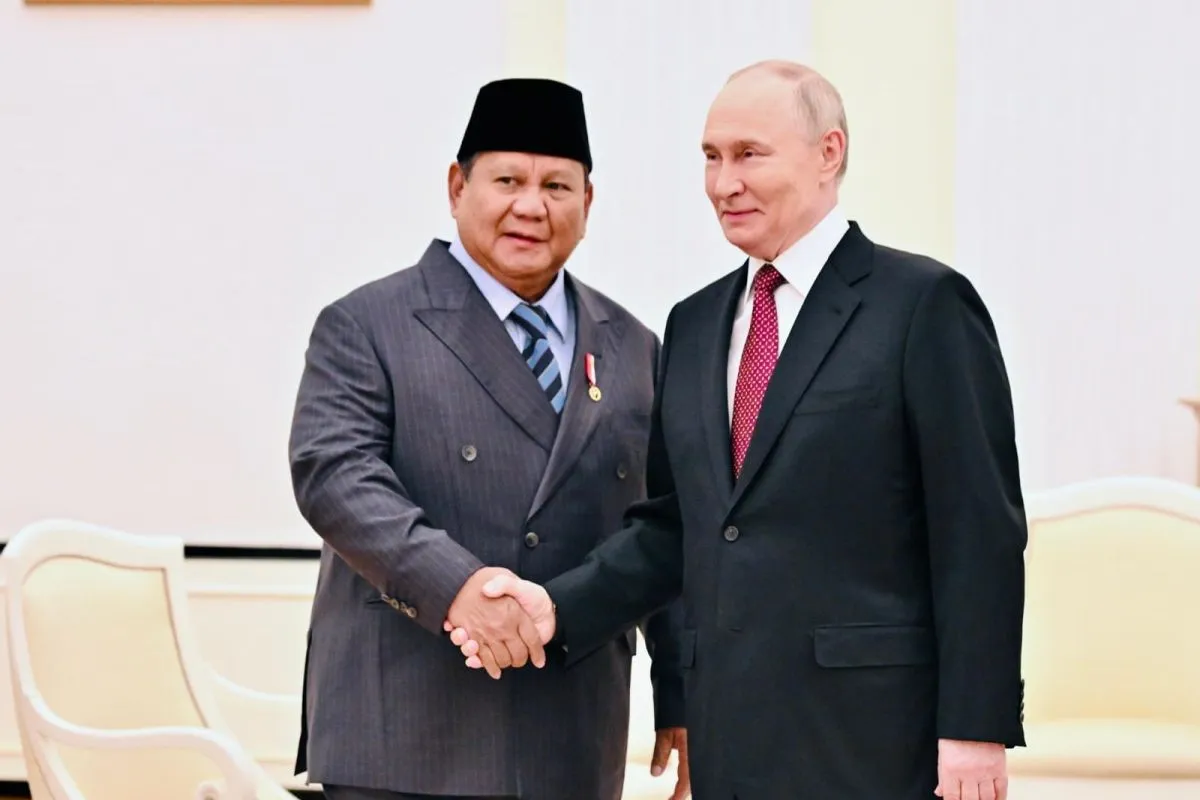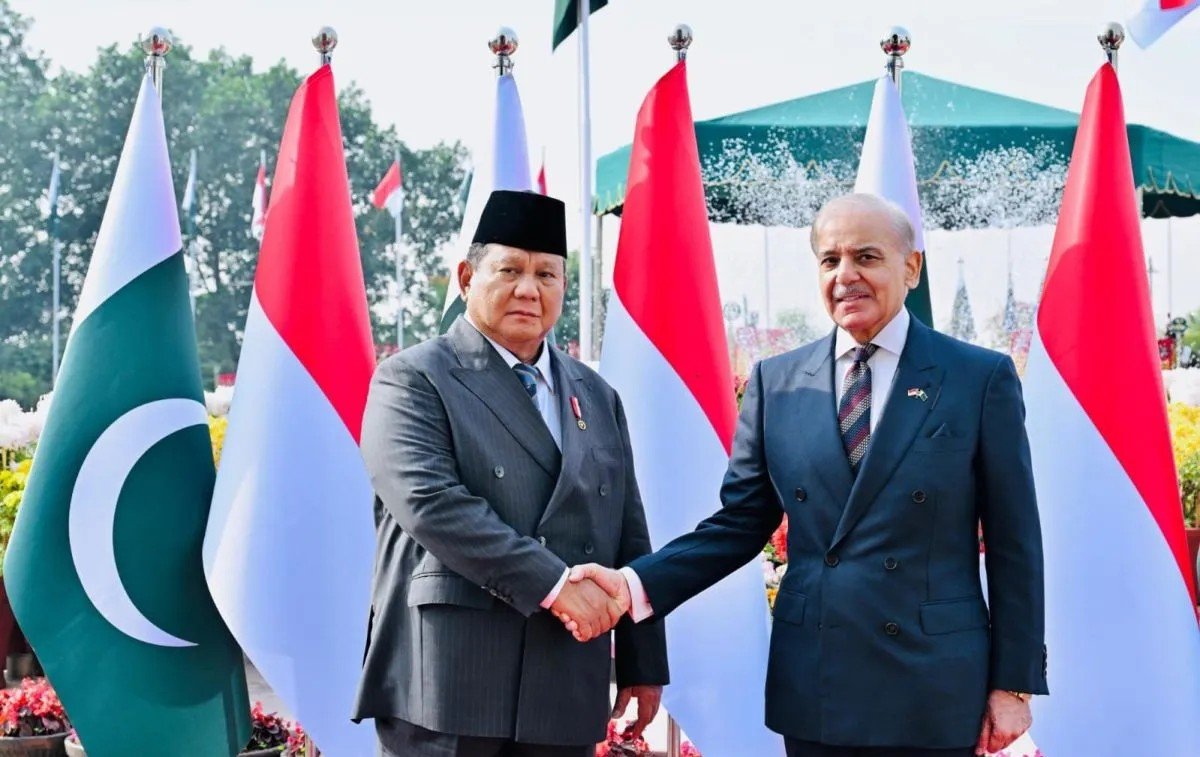I was privileged to journey into among the inhabited Sasak village recently located at the island of Lombok. There is social aspect of Lombok too because it is inhabited by ethnic group called Sasak people, who have special perspective in terms of tradition, geographical position, and religion. Sasak culture is indeed a clear indication of artistry, survival and innovation of the Sasak people and is an important element of Indonesian cultural Endnotes.
Traditional Sasak Clothing
The clothing of Sasak people was another interesting thing that was within a view for me. One of the most famous fabric productions of Sasak is songket and ikat; the weaving is complicated and colorful. These fabrics are used in preparing fine and durable dresses known to be traditionally worn by the Sasak people. Female citizens often prefer a kebaya blouse and sarong; on the other hand, males wear a cotton shirt and a sarong. What appeals to my sight is the bright and distinct colors and the nice patterns on those genial apparels and these bear a testimony of rich cultural endowment as well as the heirloom of generations’ art of other human beings.
Religious Sasak Practices
The Sasak society adopted a specific form of Islam system called Wetu Telu that comprises of Islamic beliefs, Hinduism and animism. Hence, their religion is a cocktail of the three religious systems, as they perform religious trappings drawn from the three. Sasak distinctive functions include circumcision rites, a colorful wedding ceremony, and Bau Nyale harvest festival dedicated by the Sasak people in which sea worms regarded as the rebirth of a princess are venerated.
Sasak Handicrafts and Arts
Indeed, most Sasak homes have long been centers of locally produced craftsmanship where producing basketry, pottery, wooden carving, and silver jewelries have for generations been practiced as local traditional arts. These are not only products with functional use but as well narratives representing the identity of the Sasak people. This is true since as I went round the village I observed that the artifacts developed were highly spirited efforts of the local artisans that reflected their ethnical prowess.
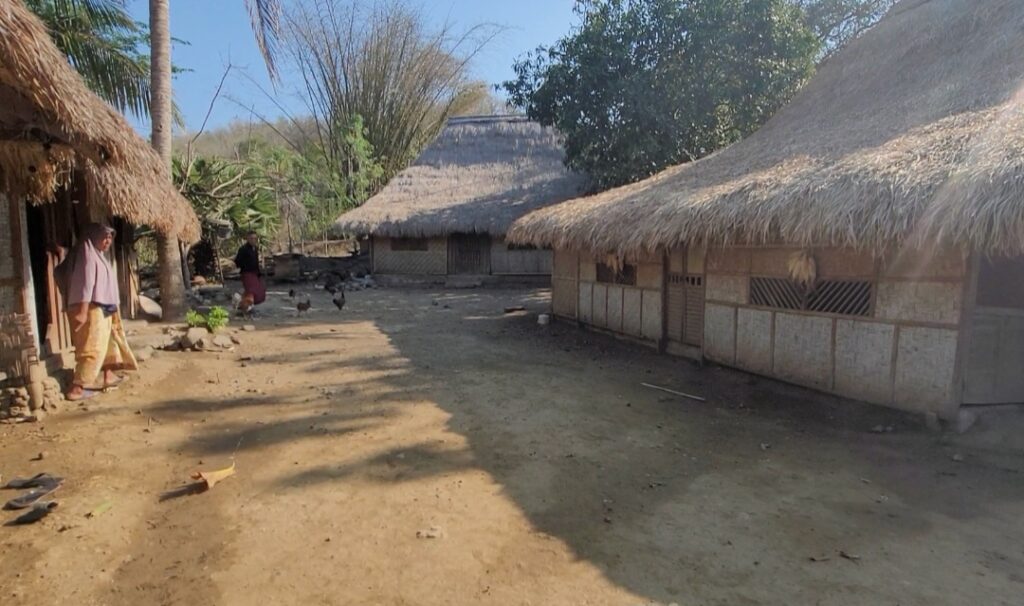
Sasak Architecture
As for the structure, the common Sasak houses known as bale are constructions built from bamboo with roofs thatched from coconut leaves. Sculptures and carvings and beautiful sculptures are seen all over these homes and as for the placements of the house it is a mirror of the Sasak family and communal life. These homes are also designed engaging environmental knowledge from locals, and the materials used are developed with consideration of Lombok’s climatic conditions.
The Sasak People of Lombok
The ancestors of the Sasak ethnics, who are now occupying 85% of Lombok, had a rich experience influenced previously by animism, Hindus, Buddhists and now Muslims. This difference in culture and religion makes the Sasak people homogenous group with different tradition, and their way of living is blend of modern and pre modern age. The beauty of it increases with their hot and spicy food preparations that add to their stronger tones and vibrant beat in music and dances, thereby strengthening the channels of their cultural difference in the Indonesian chain of islands.
The Sasak Language
Sasak language is one of the most important components of ethnic identity of the Sasak people. There are also a large number of recognized loan words in the language derived from the neighboring languages due to the intensive cultural relations with other communities of the region in the centuries. The people, traditions, attitudes, and practices of the Sasak must remain as they are intact if the language is preserved as it contains all the bearings of their existence.
Conclusion
Experiencing life in the Sasak village in Lombok was like a trip to the core of Indonesians ethnic and cultural legacy. Sasak people have colorful background with blend of religious, the customs, and art they still preserves them until today. Promoting the Sasak culture to the Global Map is not only a way of honoring this wonderful culture but also laying a foundation that helps the culture to have a root that should be passed from one generation to another.

Mr. Muhammad Ali Pasha is an analyst and expert on Central Asia, South East Asia, China, Türkiye and Middle East having experience in the field of article writing in various renowned journals and newspapers across the globe. Furthermore, he is a writer and poet
